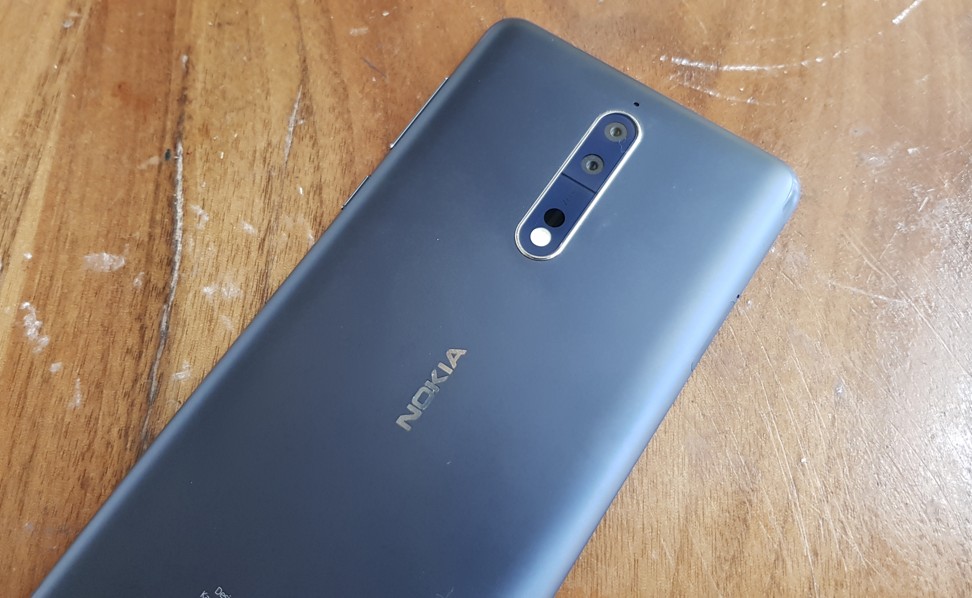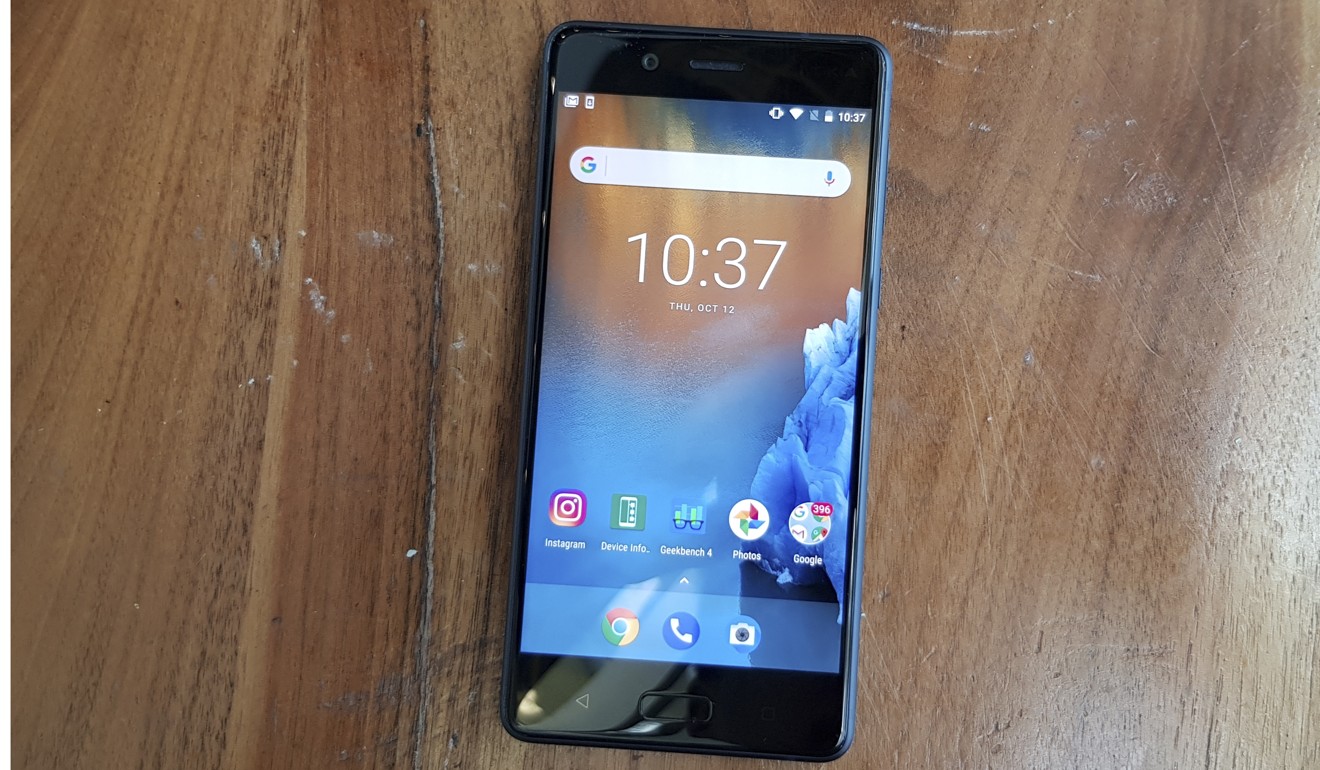
Video | Nokia 8 smartphone full review: ‘bothie’ gimmick apart, there’s nothing special about handset
Crisp display, powerful chipset, decent photos and good battery life can’t make up for Nokia 8’s dated design and lack of software features. It’s not good enough to hang with the best, nor cheap enough to be considered great value
The comeback of Nokia phones may have begun in February 2017 with the launch of four underpowered handsets, but it really wasn’t until last month’s release of the Nokia 8 smartphone that consumers began taking it seriously. That’s because the Nokia 8 is the first Nokia handset in more than decade that bears comparison with the best smartphones produced by rivals such as Apple and Samsung in terms of specifications and raw power. But is that enough?
Design and hardware
Right out of the box the Nokia 8 takes a hit because of its relatively large bezels. If this phone had been released even six months ago, when big manufacturers began adopting edge-to-edge screen, it would have been considered passable. .
But it’s autumn 2017 now and Apple, Samsung, LG, Huawei, Xiaomi, Vivo and even obscure Chinese brands have been launching all-screen phones. It’s hard not to deduct some points here. And lest you think slim bezels are just for looks, know that the Nokia 8 is roughly the same size as the LG V30 but the latter has a lot more screen.

Get past the chunky forehead and chin, and the rest of the Nokia 8’s hardware is solid to good. Its 5.3-inch, 2K-resolution LCD display is bright and crisp; its two 13-megapixel cameras – one a twin-lens set-up on the back, the other front-facing – take good-quality photos (though they are slow to focus); its Snapdragon 835 chipset is a proven energy-efficient powerhouse; and the overall build is sturdy, lightweight and slightly water-resistant (it’s rated IP54, which means it can survive a glass of spilled water, but not go into the pool the way new iPhones and Samsungs can).
Review: LG V30 smartphone – superb photos and gorgeous display top off a hard-to-beat package
Software and features
The Nokia brand is licensed to a company called HMD Global, and in February its mobile marketing chief, Pekka Rantala, said it would not interfere with Google’s Android operating system the way other phone makers do by putting their own “skins” on top of it. The Nokia 8 keeps that promise, with a completely clean version of Android.

This is great news for Android purists and diehards, who are always complaining about third-party Android skins from the likes of Samsung, LG and Huawei. But to the average consumer, stock Android is jarringly lacking in customisation and features. To some, the Nokia 8 will feel oddly simplistic – you can’t create GIFs the way Samsung phones can; nor can you unlock the device with your voice or create long scrolling screenshots like on the LG V30.

Photos produced by the Nokia 8 are generally well detailed with decent contrast, but a clear notch below the usual industry-leading shooters from Samsung and Apple. The rear camera is a bit slow to focus when moving from subject to subject, and the lenses’ f/2.0 aperture means night-time photos have quite a bit more noise than those shot with handsets such as the Huawei Mate 10 or LG V30.
Samsung Galaxy Note 8 full review: top-of-the-line specs and great dual-lens camera – but how much do you need them?
The advertised “bothie” mode – the Nokia 8 can snap photos with the front-facing and rear cameras at the same time – is a gimmick. It’s really just two images stitched together in an uncreative “side by side” way. You can recreate the same effect with any other phone by taking two photos in quick succession and then stitching them together on Instagram or the other million photo apps out there.

Performance and battery life
The completely clean software paired with the powerful Snapdragon chipset make the Nokia 8 highly efficient and noticeably smoother than a Samsung Galaxy phone with its heavy software. Battery life is also excellent because of this – having a relatively small 5.3-inch display also helps.
Consuming media on the Nokia 8 is satisfactory but unspectacular. The bottom-firing speaker gets plenty loud but is still ultimately a mono speaker; that 5.3-inch display is pixel-packed and gets up to 700 nits of brightness, but lacks the stunning, lush colours of a Samsung Galaxy device.

Conclusion
The Nokia 8 is a good, but unremarkable phone. In terms of its looks, media creation and consumption, it is no match for recent releases by LG, Samsung and Huawei. And while the Nokia 8 is slightly cheaper than those devices, at HK$$4,088 (US$524), it’s not cheap enough for you to give it the same leeway you can devices from Xiaomi and OnePlus.
Review: Huawei P10 – a pretty good smartphone unless you already have a Huawei P9
That leaves the Nokia 8 in no-man’s-land: not good enough to hang with the best but not cheap enough to be considered great value.
The key specs
Dimensions: 151.5 x 73.7 x 7.9 mm
Weight: 160 grams
Display: 5.3-inch 1440 X 2560 (Quad HD) LCD panel
Battery: 3,090mAh
OS (version reviewed): Android 7.1.1
Processor: Snapdragon 835
Cameras: Dual-lens 13-megapixel rear camera with f/2.0 aperture and single 13-megapixel front-facing camera with f/2.0 aperture
Memory: 64GB ROM; 4GB RAM
Colours: blue, copper, silver

